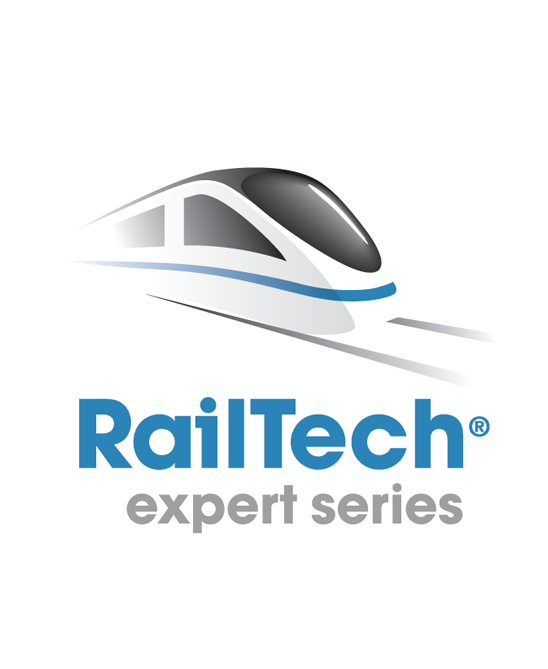Antonio D´Agostino
ERA
Speaking on 22 November, during the Wayside Train Monitoring Systems sessions

Antonio d’Agostino
ERA
How WTMS can contribute to a new European Common Occurrence Reporting?
Topics:
- Is there a need for big-data in the railway industry?
- How is data shared among operators, regulators and other entities?
- How can big-data support the improvement of railway safety?
Summary
The liberalization and the consequent opening of the railway market was accompanied by a risk based approach to manage and organize railway operations, including the management of the necessary assets.
The objective is preserve, or to improve when reasonable, the safety level of the railway system by mean of controlling risks arising from railway operations and use of contractors.
Operators have to manage risks by mean of a safety management system and elements such as “Learning from accidents and incidents” and “internal monitoring” are essential to ensure that risks are under control and, eventually, that the SMS is improved to prevent occurrence or re-occurrence of accidents.
With the technical progress in the railway and in the IT industry, new systems for data collection and analytics are created, for instance WTMS and OTRD are evolving and providing higher volume of data with better quality at less cost. This technology will have an impact on the railway industry, which can make safety decision relying on more affordable and robust data sets.
The legal framework also evolved in the same direction, the implementation of the TAF-TAP TSI are supporting the collection of data and information related to the commercial services provided by train operating companies and the CSM for Monitoring requires a proactive monitoring process to avoid any safety degradation.
With these assumption, in a few years, the railway industry will rely on big data volumes but also on different sources that can be combined to extract more information, which can be used to improve the safety level of the Single European Railway Area.
Currently, with a few exceptions, safety is managed at company level. This means that occurrences (accidents, incidents and near misses) are detected and stored at company level. This approach leads to a fragmentation of data sets which impairs an effective safety management, especially in relation to catastrophic accidents. Those accidents are characterized by Low Frequency and High Severity and have huge impact on the public opinion. Combining data sets will help in understanding causes and consequently to prevent them.
Use of big data, able to extract information from different sources containing also “low density information data”, could allow the early detection of operational elements/patterns which may contribute to significant accidents.
The Agency is exploring the possibility to use big data to calculate the risk profile of the Single European Railway Area. This objective can be also achieved by:
- Using recognition of natural language to mine information from open text such as the annual safety reports, produced by the National Safety Authorities;
- Inferring information which are not direct reported by Member States or companies, using low density information data, such as speed of the train or delays and timetables;
- Building accidents models, identifying known and unknown risks from companies reports, accidents investigation reports and national data sets.
- Big data offers the possibility to link the existing railway related data sets and allows the creation of a comprehensive and exhaustive view of the safety performance of the Single European Railway Area.
View the topics of discussion and the speakers for each individual theme:
- Day 1: Wayside Train Monitoring Systems
- Day 2: Rail Infrastructure Measuring & Monitoring
- Day 3: Big Data in Railway Operations
We look forward to welcoming you in Naples between 22 – 24 November for the Intelligent Rail Summit.
